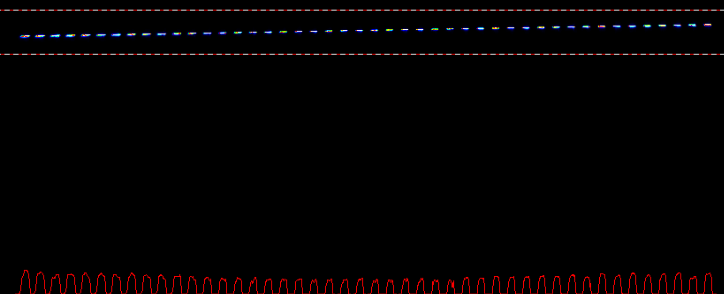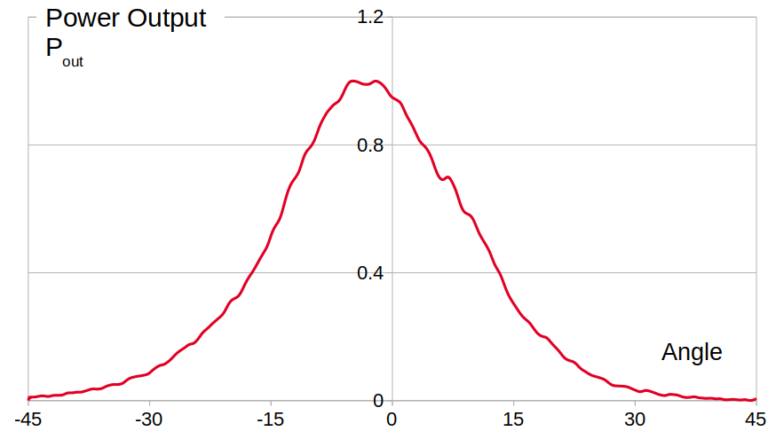CATEGORIES
Beam Pattern
Near Field Pattern
Beam profile parameters have a great influence in the performance of a laser diode and are usually part of a measurement routine as well. The spatial distribution of radiation will have a major influence in how well (or how hard) most of this radiation can be utilized in an optics setup or if a considerable part of the laser light will go aside of the optic setup.
The latter case would not only mean a very low system efficiency, but also poses additional problems created by the stray laser light due to eye safety concerns or by the heat that is created when the stray light is absorbed by neighboring apparatus.
The near field can be measured with an imaging microscope objective onto a CCD imager. Astigmatism effects can make the imaging a bit tricky since the sides of the emitter can have their foci within the laser cavity. This is specially true for gain guided lasers and it leads to give the wrong impression that the near-field image is elliptical.
Far Field Measurement
Do you like what you see?
We value your feedback, so let us know what you think!
Let us also know which topics you would like to see expanded.
Just give us a call, send us an e-mail or use the form to contact us.


